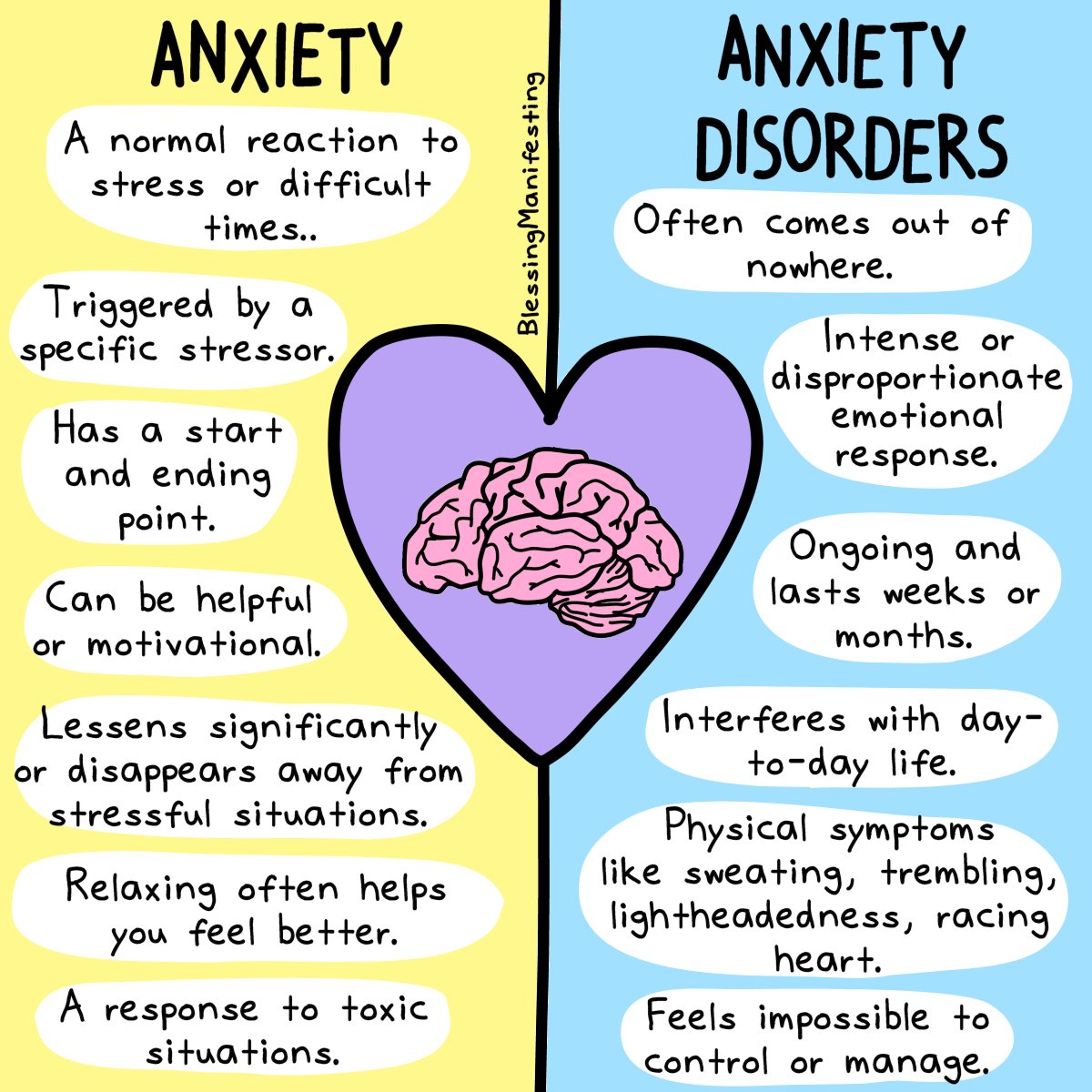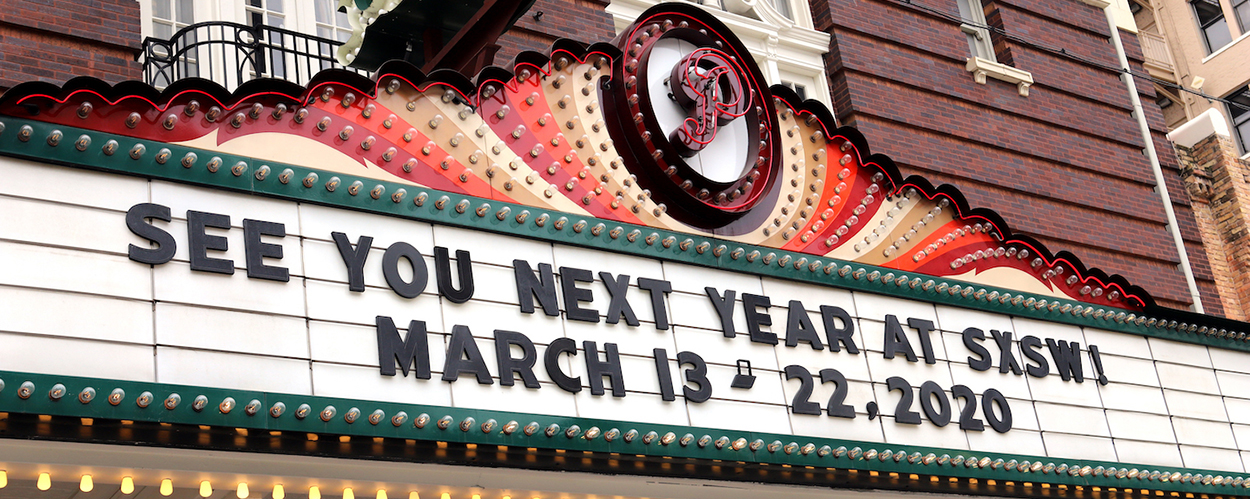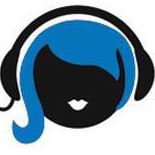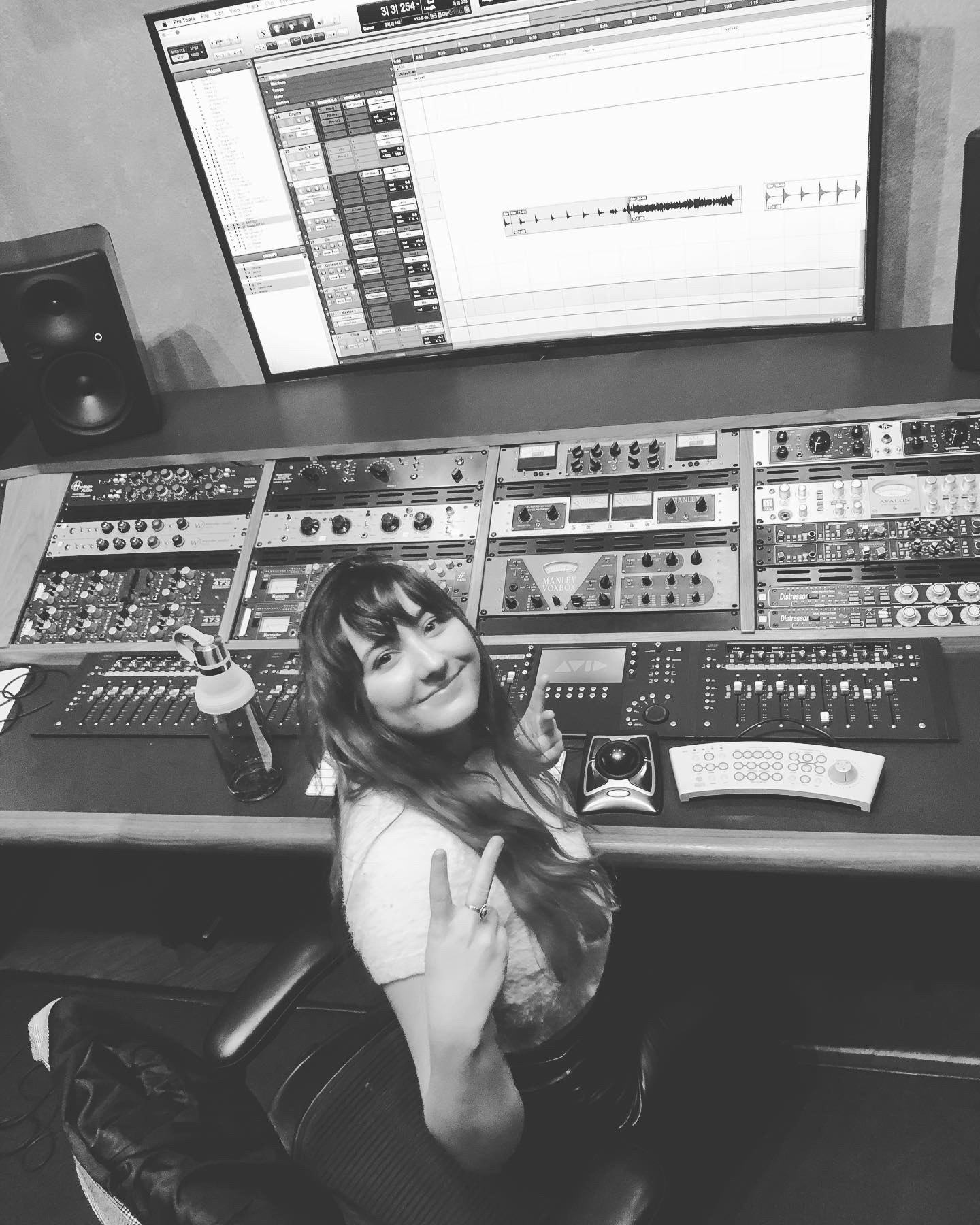The concert industry alone is expected to lose one billion dollars during the Coronavirus. As this continues to shut down live events and filming most of our members that work in Live Events and Film are being severely impacted. They face the loss of income until at least May (being optimistic) and as in the past recessions (2008, 911, etc.), they can’t just get another gig. There are none.
The industry will recover but there will be casualties and when is unknown. When it does recover it will still not be business as normal, as companies will face an influx of work that they will not have the equipment or crew for, lack of venues, and more.
While many of us are in the middle of panicking and are dealing with shock and denial, anger, bargaining, depression, and finally (hopefully) reaching a place to be proactive. It is critically important to understand that you are not alone and make sure you reach out for support from friends and family, a counselor or therapist, or a support group. If this is not affecting you reach out to friends that are.
SoundGirls is compiling a list of resources to utilize during this forced downtime and unemployment. From best business practices, career development, continuing education, and side hustles to get us through this. If you have ideas and advice and wish to share with our community please email us soundgirls@soundgirls.org
This resource will be continually updated.
We will get through this together,
The SoundGirls Team
What steps can you take to be more prepared and more skilled when it comes time to go back to work?
For those whose work has been cut off in the meantime, something needs to be done to fill the time. Things you can do when you’re out of work unexpectedly.
Business Help
Personal
Resources for Financial Assistance and Support
California Workers
If your employer has reduced your hours or shut down operations due to COVID-19, you can file an Unemployment Insurance (UI) claim. UI provides partial wage replacement benefit payments to workers who lose their job or have their hours reduced, through no fault of their own. Workers who are temporarily unemployed due to COVID-19 and expected to return to work with their employer within a few weeks are not required to actively seek work each week. However, they must remain able and available and ready to work during their unemployment for each week of benefits claimed and meet all other eligibility criteria. Eligible individuals can receive benefits that range from $40-$450 per week.
For more information: https://edd.ca.gov/about_edd/coronavirus-2019.htm
WEST COAST: GoFundMe Supporting Performing Artists
San Francisco
Sign a Letter to stop Evictions
Los Angeles
Resources
Crisis Response Guide
Where To Get Financial Assistance, Food And More During The Coronavirus
California
Emergency Funds for Freelancers, Creatives Losing Income During Coronavirus
Governor Gavin Newsom: Suspend Rent, Mortgage, & Utility Payments During the Coronavirus Crisis
Seattle – Washington
Texas
Texas since a disaster has been declared, 1099/contract workers can now apply for unemployment.
Austin
Boston
New York
Minnesota
Canada
- FACTOR – Canadians/people funded by FACTOR – grants are being honoured even due to tour/event cancellations related to covid19, so there *should* be money coming your way if you/your artist receives FACTOR funding.
U.K.
International
Petitions & Directories
Side Hustles
FlexJobs has over 50 remote jobs categories, with positions ranging from freelance gigs, to part-time work, to full-time jobs, with remote careers varying from entry-level to executive.
Remote.co hand-curates their list of remote jobs. These listings include customer service positions, design opportunities, developer jobs, recruiter and HR roles, sales jobs, and other remote work (including writers, managers, and marketers).
JustRemote is dedicated to building a better remote job platform, allowing job seekers to find their perfect role quickly and easily. JustRemote covers many job verticals including Development, Marketing and Design, HR, and Customer Success positions.
Virtual Vocations’ jobs board features telecommuting positions in job fields like technical writing and paralegal.
Pangian is on a mission to unite all five continents by connecting remote-minded companies with remote employees. Their virtual job board provides a robust list of open, remote positions including web development, UX design, content creation, and digital marketing.
WE WORK REMOTELY With a simple, straightforward layout, this virtual job board is a catch-all of remote work from home jobs from customer service, to web design, to programming.
Remotive is a bi-monthly newsletter for job seekers interested in working remotely. In addition to news about how to get hired at remote jobs and tips on life as a digital nomad, the newsletter also has a robust listing of remote positions.
Skip the Drive a handy resources tab that lists authors to follow and sites to check for advice in the world of working remotely, and a reliable list of remote jobs.
Remote OK is a remote job site that tags all of their job listings, making it simple and easy to set filters for the specific listings you want. You can choose to filter jobs posted by recruiters, by experience level (junior, senior, etc.), by job type (sales, marketing, design, dev, and more), and even whether they’re tech or non-tech related jobs (of course even the “non-tech” jobs—things like analysts and marketers—will benefit from some basic tech skills).
Working Nomads When you sign up for the service, Working Nomads will deliver a curated list of remote jobs directly to your inbox. You can choose daily or weekly emails, then keep moving to the next city while the telecommuting job search comes to you.
Jobspresso features a wide range of curated jobs in tech, marketing, customer support, and more. You can search their virtual job board for openings and post your resume to be searched and seen by potential employers.
EuropeRemotely. This virtual job board is full of job listings from companies that are happy to work with at-home and remote employees who are interesting in doing work based on European time zones.
Jobscribe is a site that sends out daily emails to job seekers with remote job listings at tech startups. Web designers, web developers, mobile app designers, and digital marketers can specify their focus and receive listings for corresponding remote and work-from-home positions.
Wfh.io focuses exclusively on remote digital and tech jobs. They include remote jobs in product management, software engineering, web engineering, customer support, marketing, and more.
Outsourcely pairs up remote workers with employers seeking both full and part-time employees. You can browse for jobs by category: design & multimedia, web development, writing & content, customer service, sales & marketing, and more.
PowerToFly is a dream come true for women job seekers interested in working remotely. PowerToFly focuses on matching women in tech with remote and work-from-home jobs.
Landing Jobs doesn’t have a huge section of their tech job opportunities dedicated to working remotely, they do carefully curate their listings. As a bonus perk—unlike many job boards—their site allows you to filter your search for jobs that are either fully remote, partially remote, or even remote within physical commuting distance.
Authentic Jobs bills itself as “the job board for web professionals.
Dribbble is most often known as a pillar site for freelance web designers to share their portfolios and find their next gig.
AngelList—a top source for startup job listings—you can enter a for a job search and click “Remote OK” when you’re prompted for your search type. Then—tech hub or not—you can find a startup that’s right for you.
Stack Overflow is a go-to source for web development Q&A, but it also has a jobs board with listings for tech positions (especially web developers).
GitHub —web developers use GitHub as a repository from projects they’re working on where they can share code, questions, and discover with other programmers. But, like Stack Overflow, it also has a job’s board, including an entire category devoted to remote jobs. Because it’s GitHub, the jobs are web development-focused, with remote listings from all over the world. GitHub even posts their own job openings on this board
Toptal Business focuses on connecting business consultants with freelance corporate engagements.
Fiverr is a handy site for finding your first freelance gigs and building up a portfolio fast. The Fiverr site focuses on “gigs” or “micro-jobs,” like editing an image in Photoshop, designing a Facebook ad, or brainstorming SEO-rank-worthy article titles.
Upwork features freelance remote job listings in a suite of categories: things like virtual assistants, mobile app developers, and copywriters. Companies like Zendesk, Dropbox, and Airbnb use the site to hire remote freelancers, so if you’re ready to start doing freelance work for some major clients without having to set foot in an office, create your Upwork profile ASAP.
Freelancer.com claims to be “The World’s Largest Outsourcing Marketplace,” and it’s chock full of remote freelancing gigs.
FreelancerMap allows users to search thousands of active IT projects looking for remote, freelance team members. The site has a global reach, with projects currently listed on their front page from companies in the US, Australia, and the Czech Republic.
Coworks is a freelance work platform for creative job seekers (graphic designers, illustrators, web designers, etc). The site has connected over 2,000 clients with freelance work, catering to brands like Decathlon, Starcom, and BBH.
Gun.io is a freelance platform designed specifically for freelance web developers. You can sign up through GitHub (so make sure your GitHub profile is up to date and active), and they’ll help match you up with companies that need your services.
The Muse makes remote job searching feel easy. In addition to being able to search the best remote job opportunities listed on the site, you can avail yourself of The Muse’s top-notch content highlighting remote work opportunities and tips to get started.
Indeed pulls job data from across the internet and around the world, making it one of the most robust jobs search engines going.
Career Builder jobs site claims to be the largest online employment website in the United States. Simply type in “telecommute” or “remote” as a keyword, and you’ll find more than 9,000 part-time, contract, and full-time jobs from brands like Forever 21 Inc, Xerox, and Univision.
Idealist isn’t an exclusively remote job board, but it still has hundreds of remote job listings worldwide (just click on “Remote” under locations). The catch here is that all of these jobs are with organizations and nonprofits that are committed to making a positive difference in the world.
Up to date Information on CoronaVirus
COVID19 updates on live music events WBM Expertise put up a comprehensive mapping of all measures taken against coronavirus in Europe together with EMEE. The info is regularly updated.
Centers for Disease Control
What is CoronaVirus





